Over the last 5 years alone, the use of digital assistants worldwide has steadily climbed at warp speed. In fact, according to Statista, around 3.25 billion digital voice assistants were used in 2019, and 4.2 billion are anticipated to be used by the end of 2020. Those numbers are expected to continue to grow tremendously throughout these next few years, roughly doubling to 8.4 billion by 2024.
By now, many of us heavily rely on digital assistants (such as Siri, Alexa, Google Assistant, and otherwise) to simplify and speed up virtually every aspect of our lives — from organizing our daily schedules and priorities, to facilitating a myriad of tasks at home, in the car, at the office, and on the fly.
But while these digital assistants are incredibly convenient and easy-to-use, for now, our experiences with them are still rather limited — they merely carry out the tasks we ask them to do, and they’re primarily focused on productivity and saving us time. Eventually, as the technology that surrounds us continues to rapidly evolve and advance, we’ll start to yearn for experiences that are even more seamless, dynamic, and all-encompassing.
With the rise of digital companions — the natural evolution of digital assistants — that’s exactly what we’ll have in the near future. But how exactly will these digital companions measure up to the digital assistants that we use today? In this post, we’ll explain the key differences between the two, and the massive potential that digital companions can provide us going forward.
What are digital assistants?
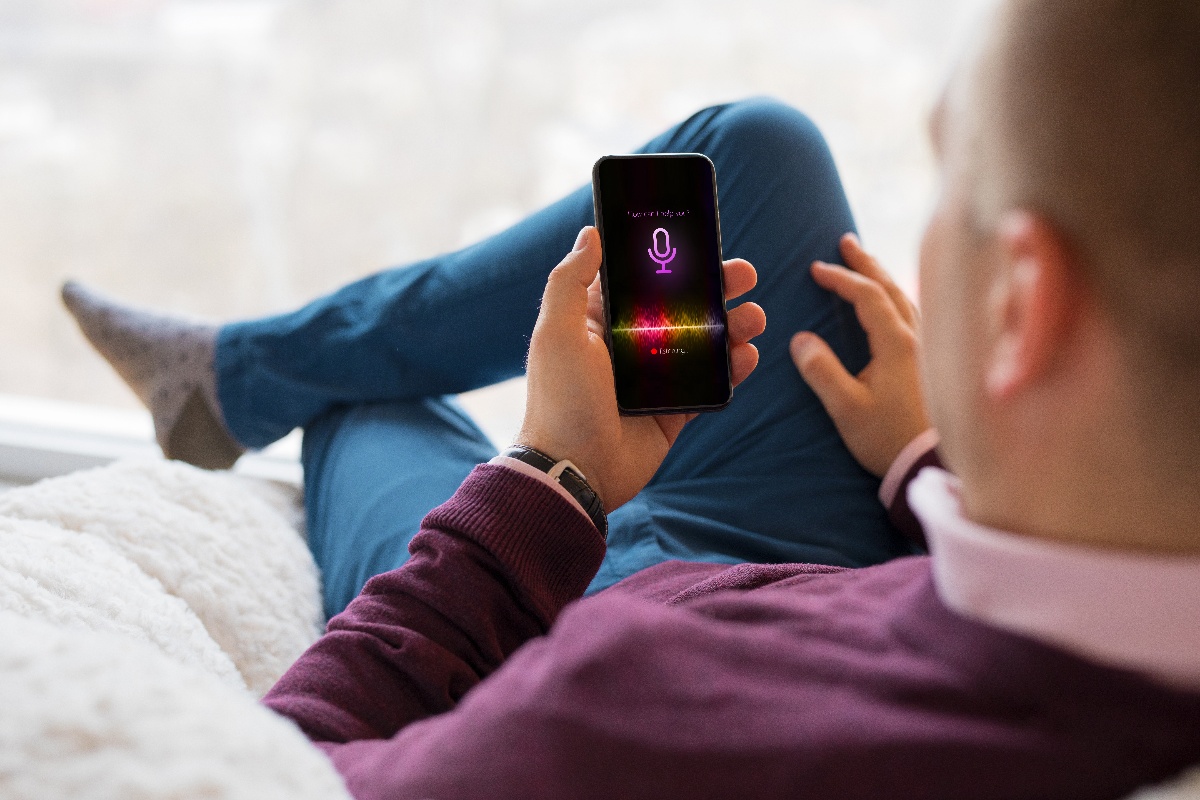
Oracle defines a digital assistant as an “an advanced computer program that simulates a conversation with the people who use it, typically over the internet,” that uses “advanced artificial intelligence (AI), natural language processing (NLP), natural language understanding (NLU), and machine learning to learn as they go and provide a personalized, conversational experience.”
Whether they’re embedded into our smartphones, smart speakers, or car displays, by this point, most of us have had our fair share of interactions with digital assistants — and the digital assistants we use today can take on various shapes and forms. They also go by several names, such as: virtual assistants, intelligent personal assistants, and otherwise (plus Siri, Alexa, and Google, as noted above). For the most part, the interactions we have with digital assistants take place via hands-free voice user interfaces (VUI) and/or on-screen text and visuals.
Just as the name “assistant” implies, digital assistants’ main purpose is to assist us in a wide variety of tasks throughout the day — providing us with shortcuts, quick information, and solutions to speed up, automate, and/or simplify our routines. Examples of these tasks include, but aren’t limited to: setting timers for us, quickly searching the web for the information we seek, adding items to our shopping list, streaming our favorite music or videos, reminding us about our calendar events, or turning our lights and/or washing machines on and off.
While for now, these assistants are great — they’re relatively affordable, convenient, and user-friendly — their primary purpose is solely to save us time, and carry out our commands. Our interactions with them are more surface-level, and they aren’t full-on conversations — the assistant is reactively responding to our requests, rather than proactively engaging with us.
Though digital assistants do incorporate a basic degree of personalization into our experience (such as our names, locations, or usage data history), that’s pretty much the extent of it. Plus, all of our interactions are executed via just one or two modalities (either voice, on-screen text, or a combination).
As digital assistants become more and more sophisticated, it’s only a matter of time until they’ll begin to evolve, transforming our experience with them into one that's more rich, personalized, and coherent — and soon, that’s exactly what digital companions will be able to do.
What are digital companions?
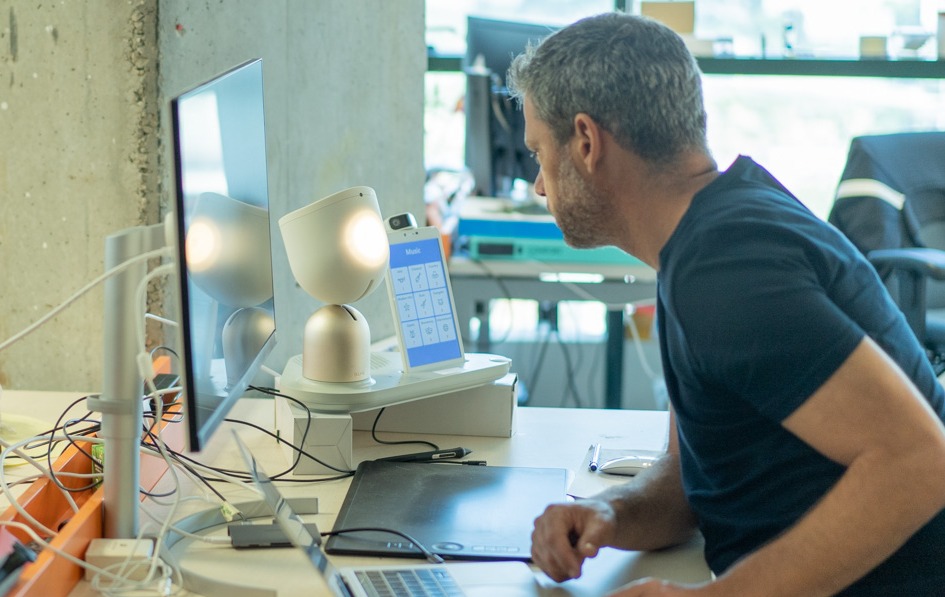
Think of digital companions like digital assistants 2.0 — the new and improved version of what currently exists today. They’ll still “assist” us with numerous tasks throughout our daily lives, but they’ll do so in a way that’s much more personalized, seamless, and fun — thus forging a new type of enduring role and relationship with us — acting as a teammate or sidekick alongside us.
Rather than simply waiting around to carry out our commands, digital companions will use various sensory inputs to sense what’s occurring with each user within their environment — if we’re nearby, if we need assistance, if we’re in the right mood to interact, and so on — as well as their surroundings.
Leveraging that information, they can assess and understand the context behind each user and situation, in order to decide if, when, and how they should interact with us in an optimal way, based on the goals they’ve been programmed to achieve. They also learn and remember important information about us over time — what we like, dislike, and so on — to create personalized interactions that continuously meet our individual needs and preferences.
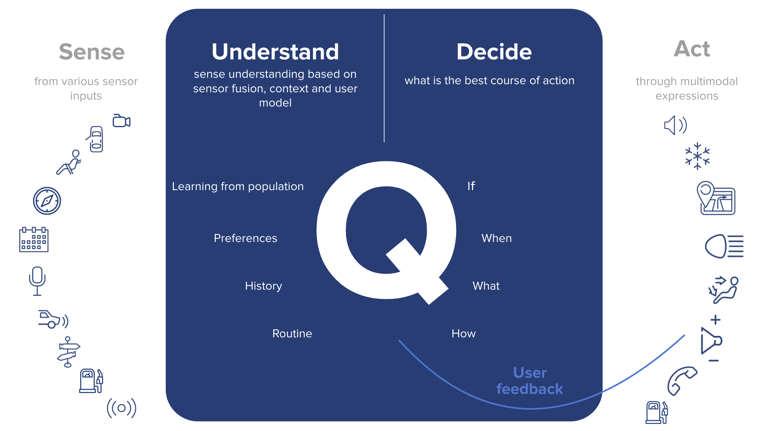
A key differentiator between digital companions and digital assistants is proactivity. Unlike digital assistants which solely interact with us reactively, digital companions interact with us both proactively and reactively — proactively engaging with us in a way that actively anticipates and influences our preferences, needs, and behavior.
Furthermore, rather than interacting with us via VUI or on-screen text alone, digital companions execute their interactions via multiple modality outputs (i.e. a combination of voice, on-screen text and visuals, LEDs, movement, and sound effects), thus creating more extensive, dynamic experiences with us.
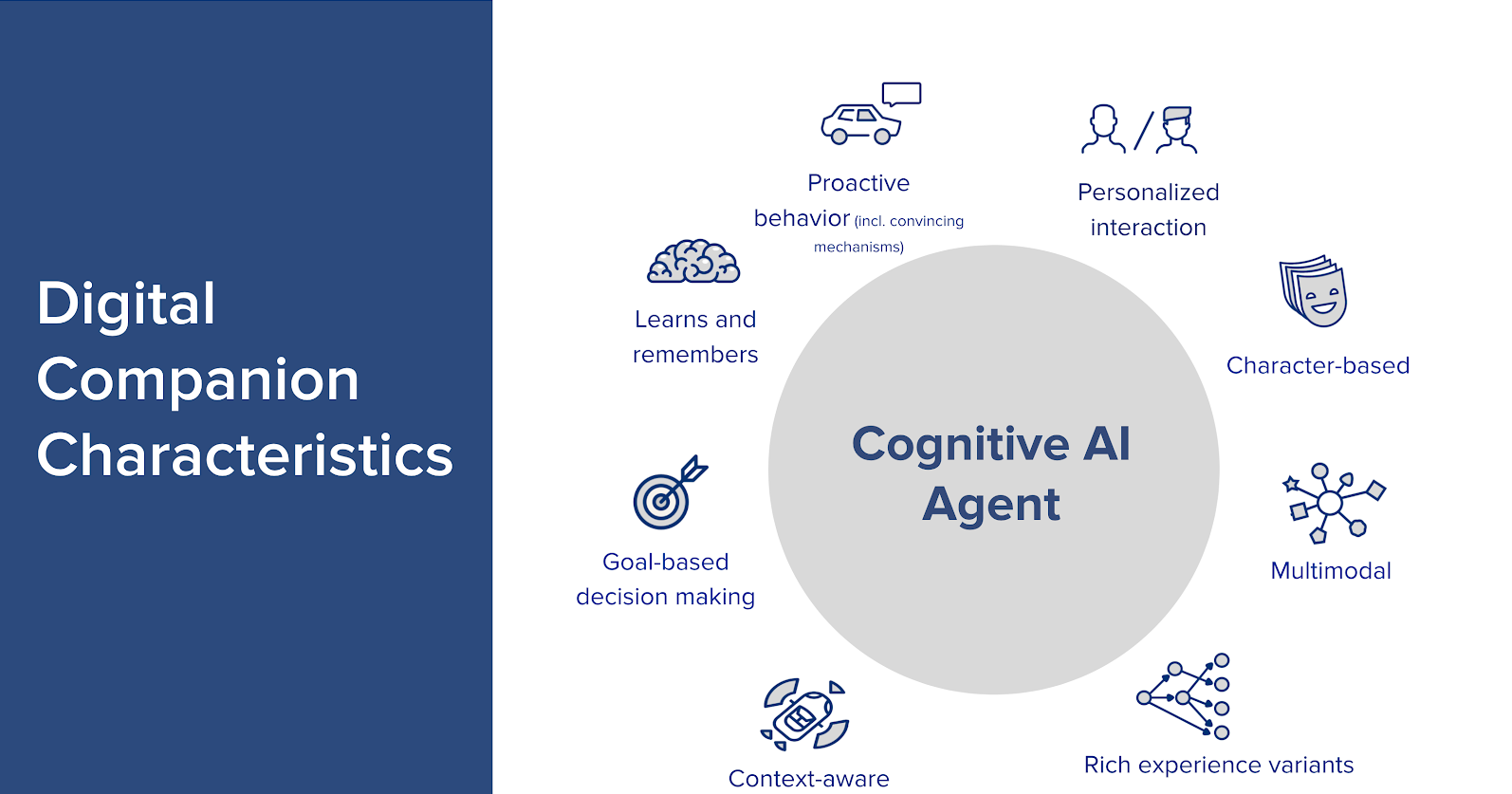
Finally, while digital assistants don’t really evoke much of a character or personality — rather, they simply carry out commands, with little wiggle room to incorporate creativity, humor, or longer two-way exchanges with us — digital companions are the opposite. They embody their own unique, easily identifiable character, voice, and persona — one that reflects their specific product and brand.
We like to describe ElliQ’s personality as a combination of a school nurse and workout buddy — a supportive listener that helps users stay motivated to reach their health goals. When it comes to cars, the digital companion inside a Toyota Sienna minivan intended for families would have a very different character and personality than one that’s inside of a Ford Mustang, Jeep Wrangler, and so on — you get the idea.
Digital assistants vs. digital companions
To recap, digital companions are the natural evolution of digital assistants, creating a much more rich, all-encompassing experience with us — they don't just “assist” us, but rather, they forge a new type of unique, enduring relationship within our lives.
To make it even easier to understand, check out the side-by-side comparison below, which summarizes the main differences between the two:
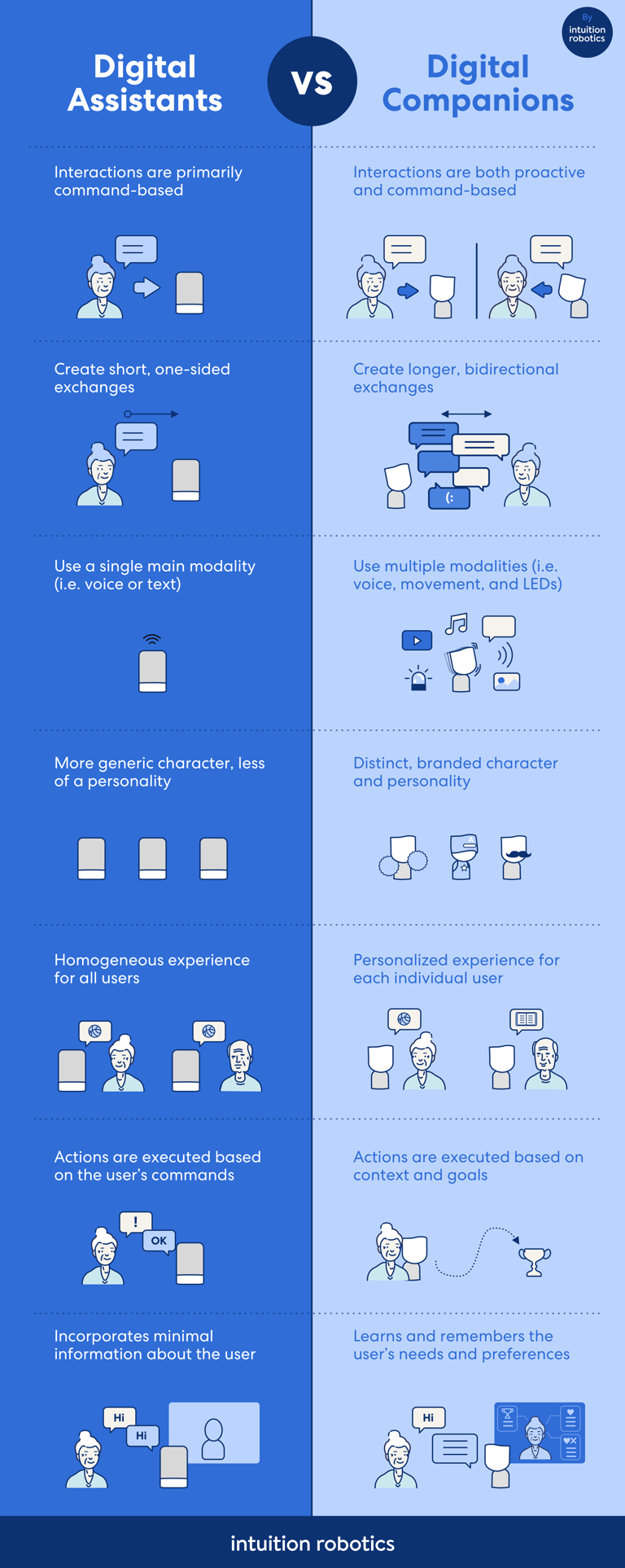
Applications of digital companions
Now that we have a better understanding of what digital companions are — and how they’ll measure up to today’s digital assistants — when it comes to their potential future applications, the opportunities are vast.
Digital companions could be employed within a multitude of industries and settings, including:
- Healthcare and medicine
- Home tasks and chores
- Retail and hospitality
- Banking and finance
- Automotive and mobility
- Education and training
But these really are just a jumping off point — the list goes on and on. Throughout these next few years, as we start to trust digital companions to facilitate more and more tasks for us, we’ll begin to witness their presence grow significantly.
The inevitable transition from digital assistants to digital companions
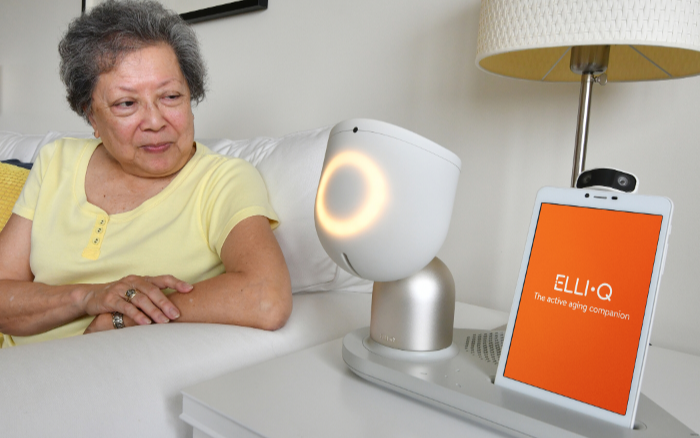
The technology we use today is constantly evolving. As we look toward the next generation of digital interactions, it’s only a matter of time until the digital assistants we’ve come to know and love will naturally progress into their next form: digital companions.
Using proactivity, goal-based decision-making, unique characters, and multiple rich modalities, digital companions will create an entirely new type of experience for us — revolutionizing our relationship with technology, and creating more seamless, fun, personalized experiences.
For years, our team at Intuition Robotics has been working hard to create innovative digital companion technology, and apply it within our own digital companions — ElliQ and Q for Automotive. We’re thrilled to be part of this journey, paving the way for a new generation of digital experiences. If you’re looking for more information on how to create a custom digital companion for your brand, we welcome you to get in touch with our team today.



.png)